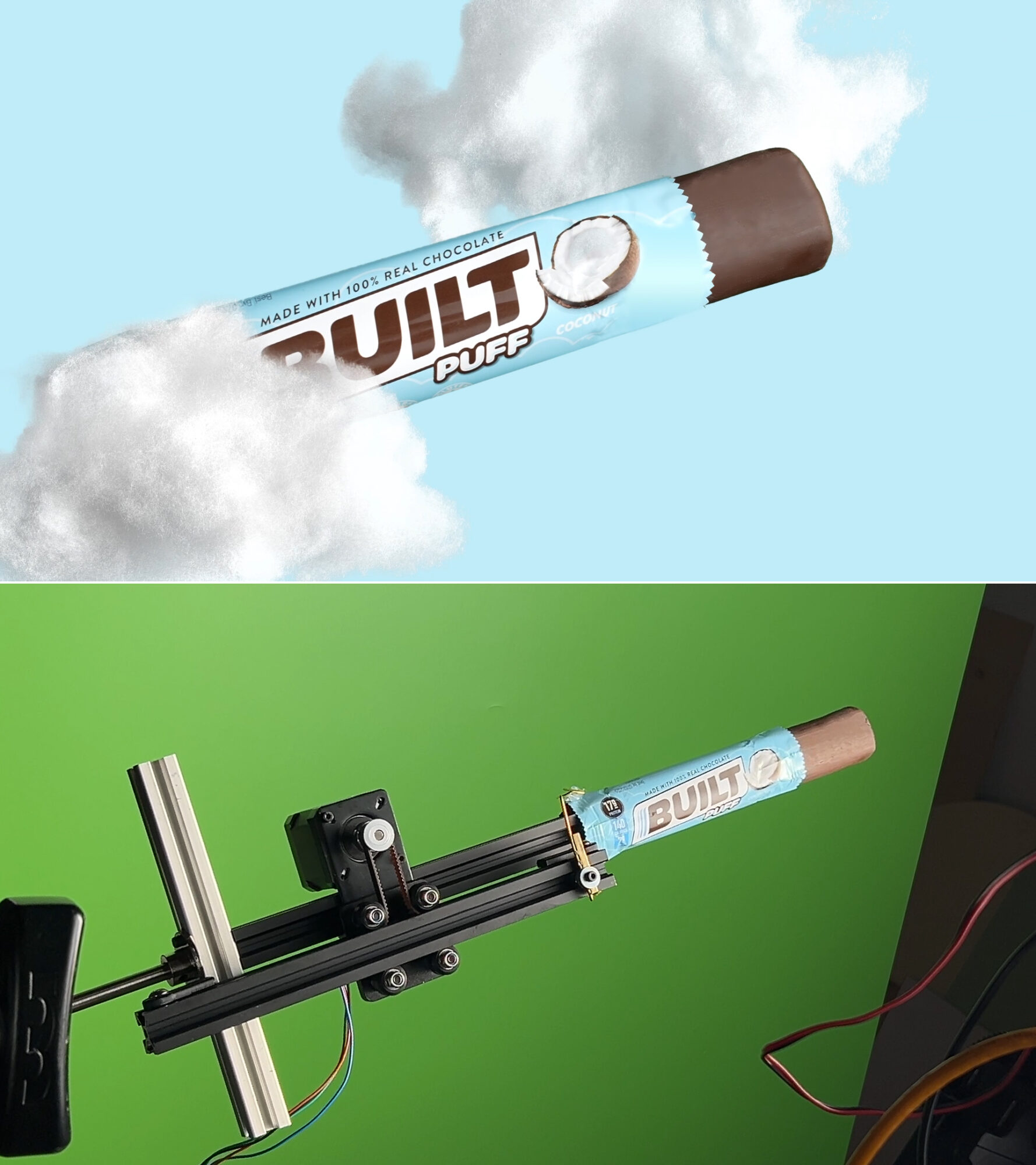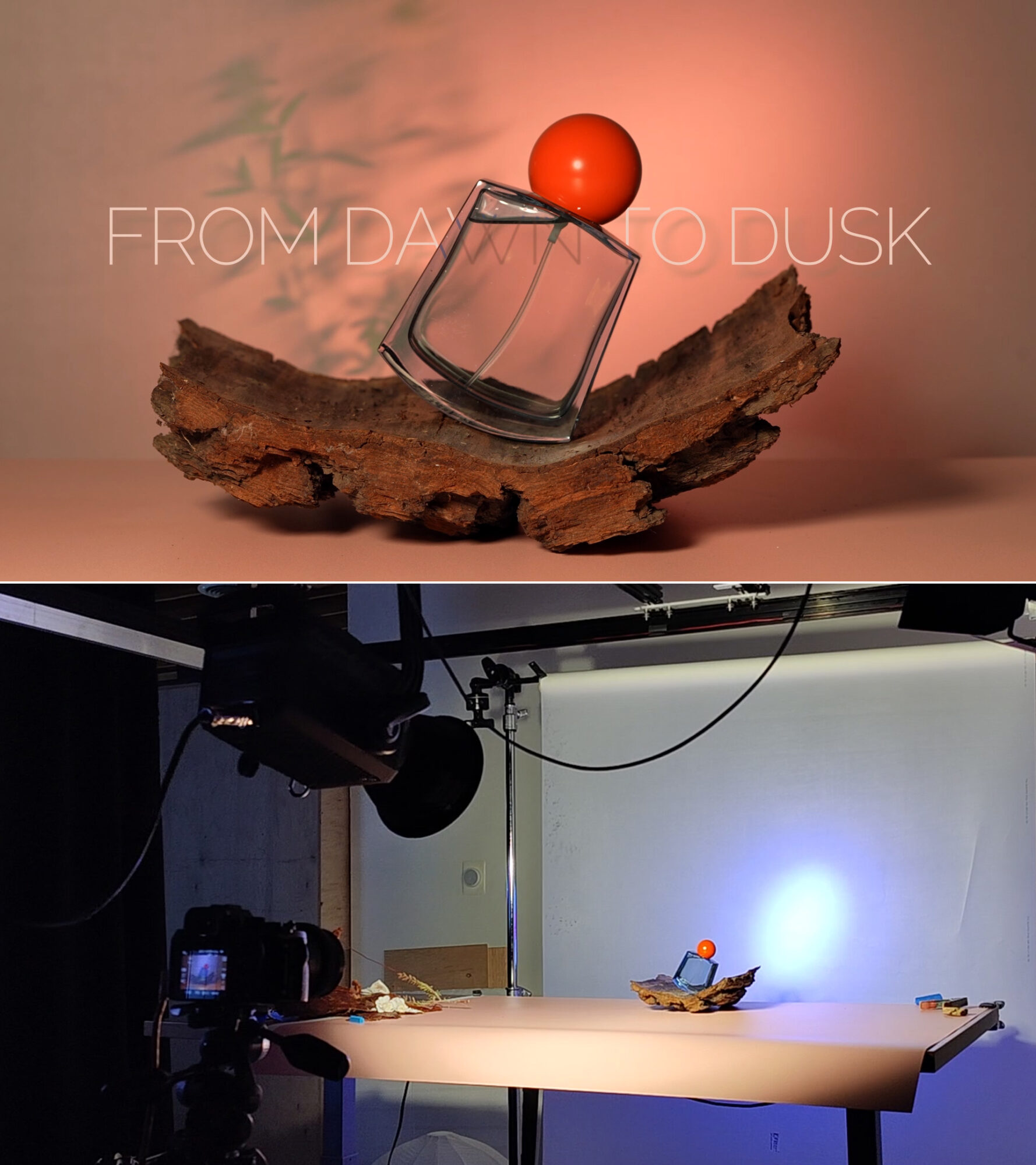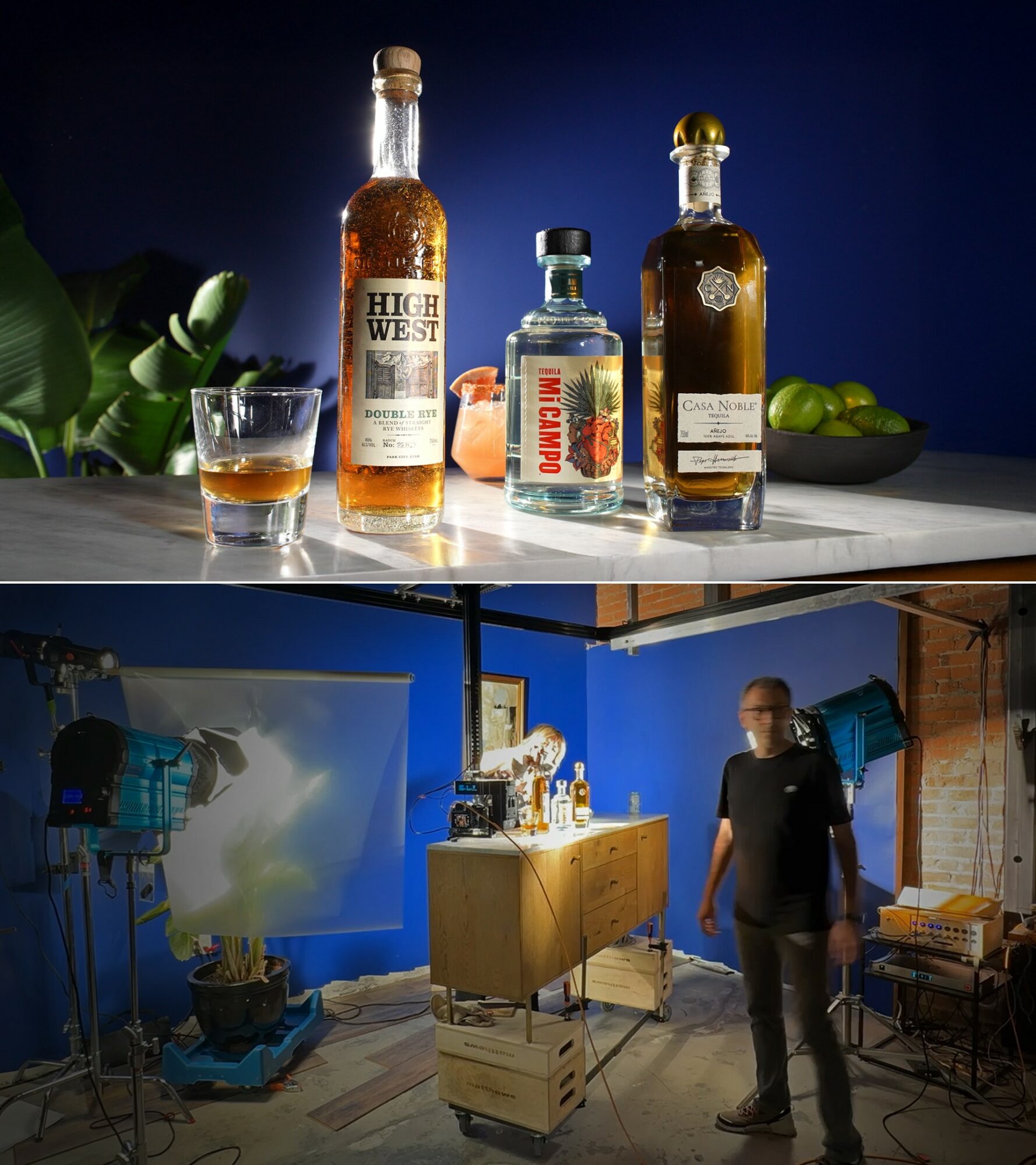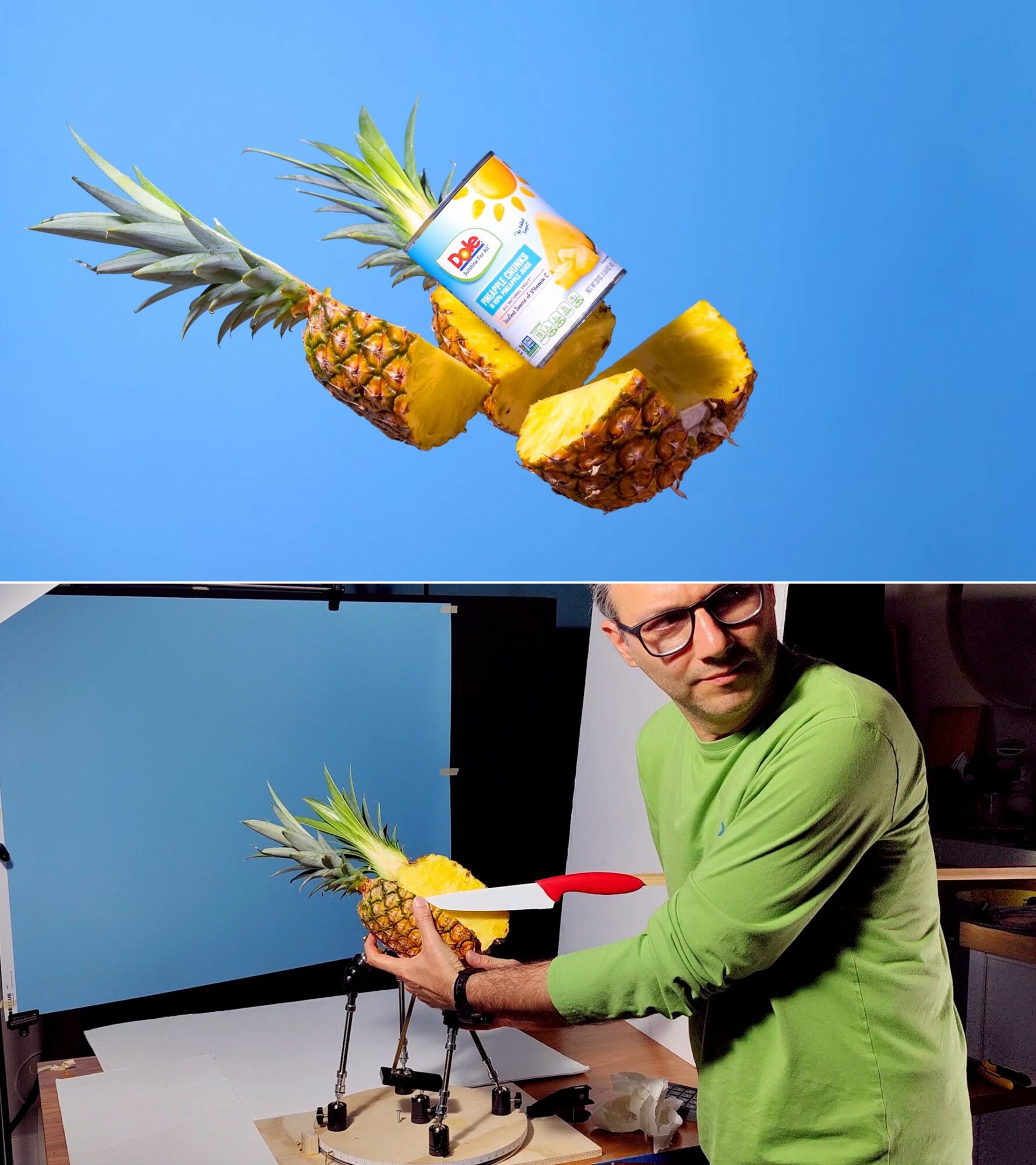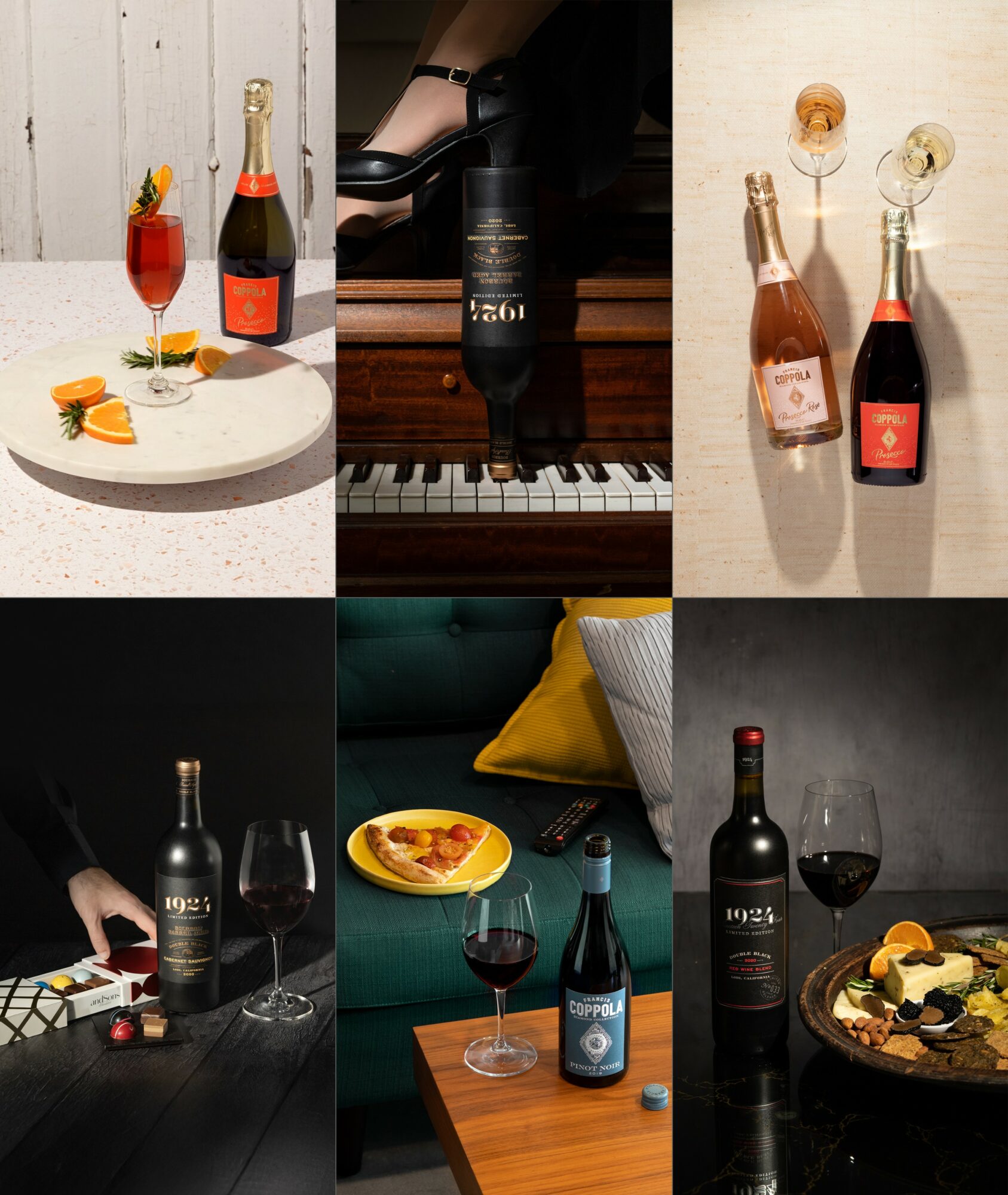

Today we’d like to introduce you to Ben Osroosh.
Hi Ben, please kick things off for us with an introduction to yourself and your story.
Hi, my name is Ben Osroosh. I’m a stop-motion and video director, as well as a motion control expert. I create advertising videos for businesses and brands that combine stop-motion and live-action techniques. On top of that, I bring something extra that makes my work stand out. In the film industry it’s called motion control solutions. I make engineered tools for capturing complex shots.
Imagine we’re filming a soda can for an advertisement. The shot starts close up on the logo, with condensation glistening on the surface, and then the camera smoothly pulls back to reveal the whole set. To achieve that fluid movement, the camera needs to travel precisely from one point to another. That’s where I come in. I design and build motorized rigs that move the camera across multiple directions using pre-programmed movements.
I specialize in tabletop productions, meaning small, precise shoots with one to five crew members. With my background in both art and engineering, I handle art direction as well: concepting, lighting, styling, and props, everything needed to make a video or photo eye-catching. These are the skills I’ve built through a career path that hasn’t been linear, yet every step has contributed to the toolkit I rely on today.
After graduating with a degree in Electronic Engineering in my early 20s, I realized that graphic design, which was originally just a hobby, sounded more exciting to me than engineering jobs. I’d always been the kid who loved tinkering with radios, RC cars, and electronic kits, so I thought engineering was my only path. But over time, the creative side of me, crafting, painting, and visual storytelling, grew too strong to ignore. I became a graphic designer and went on to pursue a master’s degree in Graphic Design to create a solid academic understanding of visuals.
Over time, I started combining my crafting skills with graphic design, making miniature props out of cardstock and wood and photographing them as tactile illustrations for brochures and posters. And you know, what else could naturally be the next step in my work other than bringing those miniatures to life through stop-motion animation. Stop-motion opened a whole new world for me, and gradually I shifted from graphic design into video creation with a focus on stop motion.
One pivotal moment came at an agency job when I was asked to make a stop-motion animation for a product launch. It was the new Top Ramen bowl or something and the idea was to create a drumroll with chopsticks on the lid and then reveal the logo on the side of the packaging with the text “NEW” coming on the screen. Instead of a simple cut between angles, I wanted a smooth transition, so I built a simple L-shaped rig out of wood to manually shift the camera from top-down to side view. It was basic but effective. When the design director, Mike, saw the result, he asked, “Ben, how did you shoot that transition? It’s so good!” That was the spark that pushed me to start building my own rigs.
Soon after, I refreshed my knowledge of electronics and programming. Skills I hadn’t touched in years, and taught myself the mechanics needed for more advanced designs. I began building motion control rigs not only for stop motion, but also for live-action videos. On both the camera side meaning moving the camera around the set, and the object side where for example a vitamin bottle is rigged to spin as the pills are falling out.
Today, I work as a freelance stop-motion/video creator and visual engineer. “Visual engineer” is a term that’s become more common in the industry for people who design engineering solutions for filming and visual effects. I come up with solutions to bridge creativity and technical problem-solving: whether it’s designing a tiny clamp to hold and rotate a pill for a macro shot, or building a multi-axis camera slider that can move in every direction. Each project challenges me to combine art and engineering in new ways, and I love that.
Would you say it’s been a smooth road, and if not what are some of the biggest challenges you’ve faced along the way?
There are always ups and downs. For me, one of the biggest challenges has been shifting paths multiple times and having to rebuild from the ground up each time.
The first major challenge came when I immigrated. I was born and raised in Tehran, Iran, and moved to Los Angeles in 2015 with my lovely wife. Back then, I was already an experienced graphic designer, but I had to start from several steps back and rebuild my career here. The language barrier made things tougher. It can make even similarities feel like differences, in both professional and social life.
The biggest turning point, though, was deciding to shift from graphic design into stop-motion and video. I had to learn new skills, experiment a lot, and create sample projects to build a portfolio. I was working full-time as a graphic designer, so all of that had to happen on evenings and weekends. It was exhausting, but it’s what you do when you want to follow your passion. Looking back, I’m glad I embraced the challenge. It taught me that nothing in life goes to waste. Every hard day becomes part of the foundation for future steps.
Thanks for sharing that. So, maybe next you can tell us a bit more about your work?
I create advertising videos for products and brands across social media, YouTube, and other platforms. I’m known for bringing complex concepts to life. Projects that need careful planning, custom-built rigs, or a mix of stop motion and live action.
What does that mean? I design devices that move the camera with pre-programmed precision. These motorized rigs use belts and motors, almost like custom robots, not giant robot arms you see in movies, but tools that perform tasks with accuracy. They can spin an object while sliding it across a set, or move the camera smoothly from a top-down shot to a side angle.
Or take a cookie flying out of a package and landing on a table. Obviously, a cookie can’t do that on its own. Using stop motion, I hold the cookie with a rig, move it step by step, and capture each frame. Later, I remove the rig in post, and when the frames play back, it looks like the cookie flies naturally from the box to the table.
Live action is simply regular filming. Capturing what happens in real life. That might be a talent making a toast, wine pouring in slow motion, or smoke drifting around a shoe under dramatic lighting.
I manage the full process: deciding on backgrounds and lighting, designing rigs, animating and shooting, and finally post-production: editing, fixing details, adjusting color, and exporting the final video.
What sets my work apart is understanding both the artistic and technical sides, plus the ability to design and build the rigs, tools, and props myself. I know how to carry a project from concept to completion, and often I’m the one doing the entire process.
Do you have any advice for those looking to network or find a mentor?
By 2019, four years after moving to the US, I was ready to find a job as a stop-motion and video creator. I had some strong samples, but breaking into the field still wasn’t easy. I once read that all it takes is one person to believe in you. Most of the time, that person has to be yourself I think. But sometimes, you also need someone else to see your work and give you a chance.
That happened for me when a design director at an agency saw my work through a friend’s referral. And he loved it. That friend and I had originally connected through a simple LinkedIn conversation. It reminded me that while good work is always the foundation, trust often comes through human connections, especially early on. Sharing work on social media is helpful, but directly reaching out and building genuine relationships can make all the difference. Once you get your foot in the door, your work and experience start to speak for themselves.
I believe the strongest way to build a network is by sharing what you know with others. That’s why I started my YouTube channel. It’s not about chasing views or subscriber numbers. It’s the same with my Instagram page. I use those platforms to explain how things work and to share behind-the-scenes videos. I get inspired by other people’s work, and in turn, others can learn and get inspired by what I do. Beyond that, I give presentations to high school and college students to show them how photography, video, and engineering can come together. These are the ways I hope to help others discover what they love to do.
Contact Info:
- Website: https://www.benosroosh.com
- Instagram: https://www.instagram.com/ben_osroosh/
- LinkedIn: https://www.linkedin.com/in/benosroosh/
- Youtube: https://www.youtube.com/@mocotoolbox
